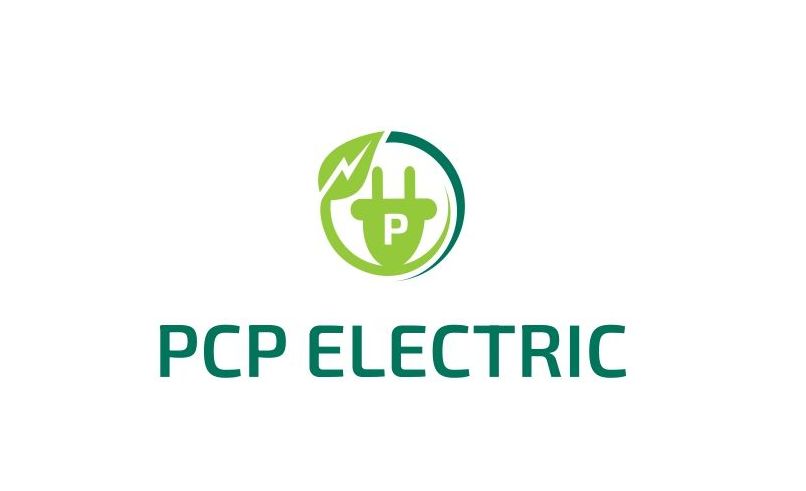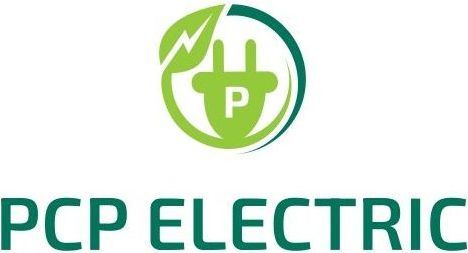The Difference Between ELCB and RCCB for Safety Compliance
Introduction
In every electrical installation — whether residential, commercial, or industrial — safety compliance is not optional. A single fault or leakage in the system can lead to electrical shocks, fires, or equipment damage. This is why protection devices like ELCB (Earth Leakage Circuit Breaker) and RCCB (Residual Current Circuit Breaker) play a crucial role in safeguarding people and property.
However, many professionals and facility owners often get confused between ELCB and RCCB. They sound similar and seem to serve the same purpose, but in reality, they are quite different in how they detect and prevent electrical leakage.
In this article, we’ll break down the differences between ELCB and RCCB, explain how each works, and guide you in choosing the right one for safety and regulatory compliance — helping your business maintain both efficiency and protection.
What Is an ELCB?
ELCB (Earth Leakage Circuit Breaker) is a protective device designed to detect earth (ground) leakage currents and disconnect the circuit to prevent electric shock.
Originally, ELCBs were voltage-operated, meaning they measured the potential difference between the circuit’s metallic body and the earth. If the voltage exceeded a preset threshold (indicating a leakage to earth), the breaker would trip.
How ELCB Works:
- When an electrical fault occurs, a small current may leak from the live conductor to the grounded parts of the equipment.
- The ELCB detects the rise in earth potential (usually around 40–50 volts).
- Once the voltage crosses this limit, it triggers the internal relay mechanism, disconnecting the power supply.
Key Points About ELCB:
- Operates based on voltage imbalance.
- Protects against earth leakage through the grounding system.
- Works only when the equipment is properly earthed.
- Not sensitive to current leakage that does not involve the earth wire.
Although ELCBs were widely used in the past, they have largely been replaced by RCCBs in modern electrical systems due to the latter’s higher accuracy and broader protection.
What Is an RCCB?
RCCB (Residual Current Circuit Breaker), also known as an RCD (Residual Current Device), is a more advanced and reliable leakage protection device. Instead of measuring voltage differences like ELCBs, RCCBs measure current imbalance between the live and neutral conductors.
How RCCB Works:
- In a healthy circuit, the current flowing in through the live wire equals the current flowing out through the neutral wire.
- If a fault occurs (like a person touching a live wire), some of the current “leaks” to earth.
- The RCCB detects this imbalance almost instantly (within 30 milliseconds) and trips the circuit, preventing electric shock.
Key Points About RCCB:
- Operates based on current imbalance detection.
- Works even without an earth connection.
- More sensitive and faster than ELCB.
- Offers direct protection against electric shock.
In modern systems — especially in Singapore and other regions following IEC standards — RCCBs are mandatory for both residential and industrial safety compliance.
Main Differences Between ELCB and RCCB
| Feature | ELCB (Earth Leakage Circuit Breaker) | RCCB (Residual Current Circuit Breaker) |
|---|---|---|
| Operating Principle | Voltage-based (measures potential between body and earth) | Current-based (detects imbalance between live and neutral) |
| Type | Voltage-operated device | Current-operated device |
| Protection Type | Earth leakage through grounding system | Leakage current directly to earth or body |
| Sensitivity | Less sensitive | Highly sensitive (detects leakage as low as 30mA) |
| Response Time | Slower | Faster (typically <30ms) |
| Need for Earthing | Requires proper earthing | Can operate even without earth wire |
| Accuracy | May not detect faults in neutral-to-earth leakage | Detects all leakage faults effectively |
| Standard Compliance | Outdated; replaced by RCCB in modern standards | Complies with IEC 61008 and IEC 61009 |
| Applications | Older installations | Modern homes, offices, and industries |
This is paragraph text. Click it or hit the Manage Text button to change the font, color, size, format, and more. To set up site-wide paragraph and title styles, go to Site Theme.


